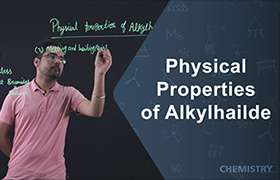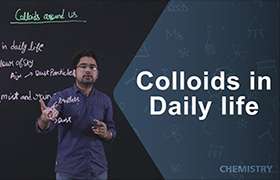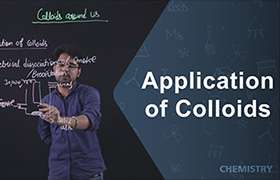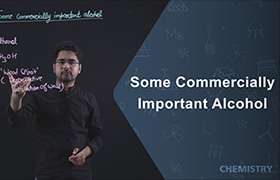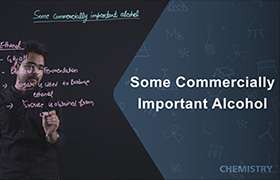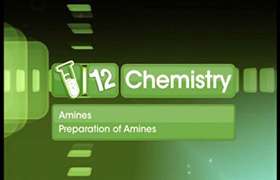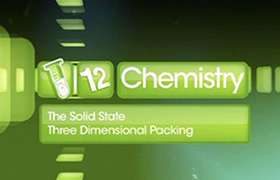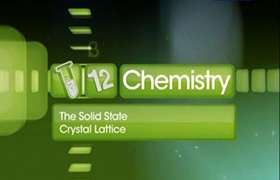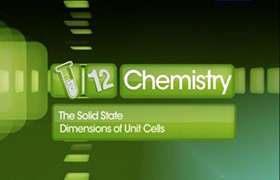CBSE Class 12-science Answered
How to study d and f block elements
Asked by Tiroumourougane Souprayen | 24 Feb, 2015, 06:09: PM
Entire syllabus is important in electrochemistry, p block, d block and f block elements. Please go through the NCERT questions, live test series, model tests, and chapter tests to make the concepts more understandable.
For this log on to http://www.topperlearning.com/
However you can prepare the following questions..
The important topics/sections/questions from d and f-block elements are:
- Why is Ce (IV) good analytical reagent?
- General trends in the properties of transition and inner transition elements.
- Ionisation energies and ionisation enthalpies.
- Standard electrode potential (Eo) and Chemical reactivity of both d and f block elements
- Complex formation
- Alloy formation
- Salts containing oxoanions of transition metals.
- Why is the absorption bands narrow in f elements?
- What happens at the third ionization enthalpy of f block elements?
- List the irregularities in the actinide series compared to the lanthanide?
- Compare the different characteristic of lanthanides and actinides?
- Actinide contraction is greater from element to element than lanthanide contraction. Why?
- List some practical applications of f block elements?
- The chemistry of the actinide elements is not as smooth as that of the lanthanides. Justify?
- Oxidation states of lanthanoids and actinoids
Answered by | 24 Feb, 2015, 06:30: PM
Application Videos
Concept Videos
CBSE 12-science - Chemistry
Asked by hannamaryphilip | 17 Apr, 2024, 11:20: PM
CBSE 12-science - Chemistry
Asked by ukg8612 | 15 Apr, 2024, 07:36: PM
CBSE 12-science - Chemistry
Asked by sameerteli003 | 08 Apr, 2024, 11:48: PM
CBSE 12-science - Chemistry
Asked by navadeepnavadeep242 | 19 Mar, 2024, 08:56: PM
CBSE 12-science - Chemistry
Asked by kavitabawane190 | 08 Mar, 2024, 05:24: PM
CBSE 12-science - Chemistry
Asked by hanihope27 | 01 Mar, 2024, 08:33: PM
CBSE 12-science - Chemistry
Asked by rashmij34 | 27 Feb, 2024, 04:42: PM
CBSE 12-science - Chemistry
Asked by anubhutiupadhaya | 27 Feb, 2024, 04:28: PM
CBSE 12-science - Chemistry
Asked by sagarmishra | 27 Feb, 2024, 04:01: PM
CBSE 12-science - Chemistry
Asked by yashwanthgowdakn4 | 22 Feb, 2024, 09:14: PM

